
Shop Amazon - Create an Amazon Baby Registry
Try Amazon Audible Plus Shop Amazon - Create an Amazon Baby Registry |

 Spanish officer of the later 16th Century, probably around 1580. |
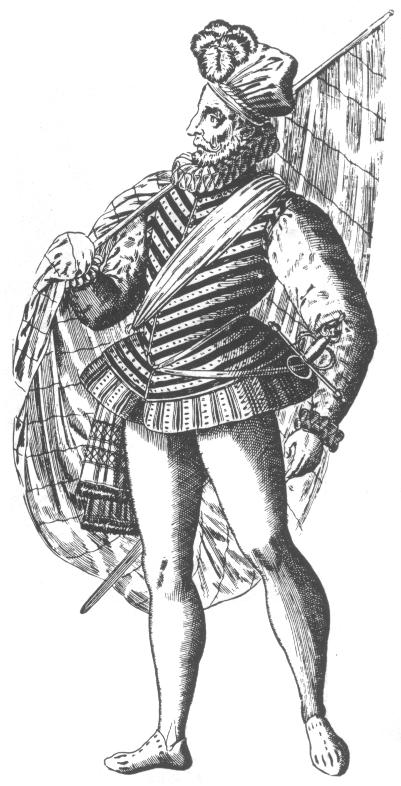 Spanish standard bearer, circa 1580. |
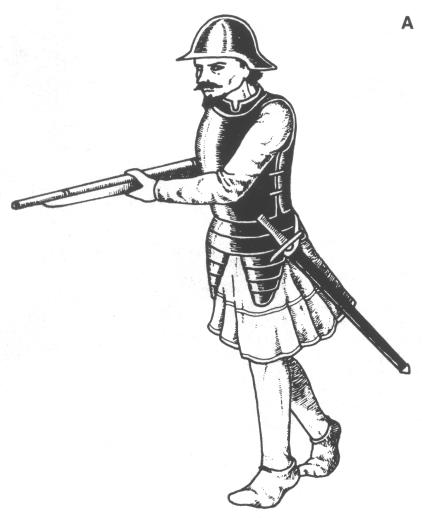 A Spanish arquebusier in sallet, corselets and short tassets: early 16th Century. Long-skirted tunic over hose and soft shoes. Could have shoulder and elbow protection as well, or no armour at all. Pikemen etc could be similar. [Based on Conquest of Oran by Juan de Borgoña, 1514] |
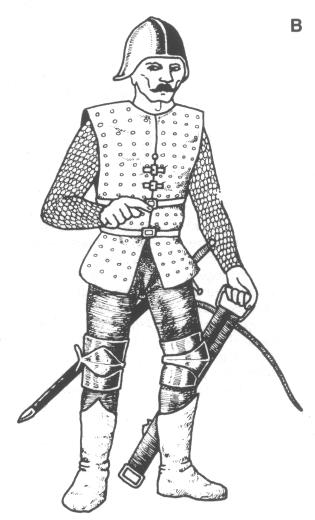 B Spanish crossbowman, late 15th or early 16th Century. Tight hose, studded brigantine with mail sleeves, sallet helmet, plate protection at knees, Moorish boots. Pikemen, swordsmen and arquebusiers could be similar. |
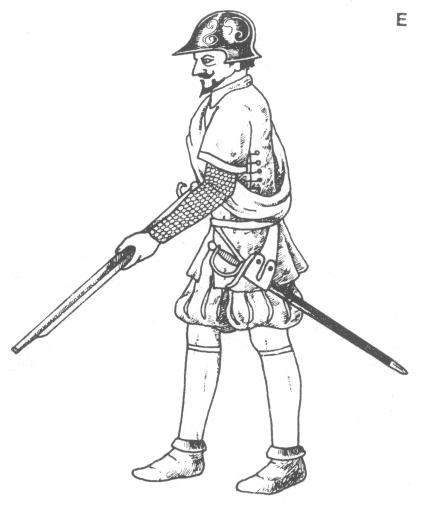 E Spanish arquebusier 1551. Tunic over mail shirt, sash and ornate burgonet; could well be Italian. |
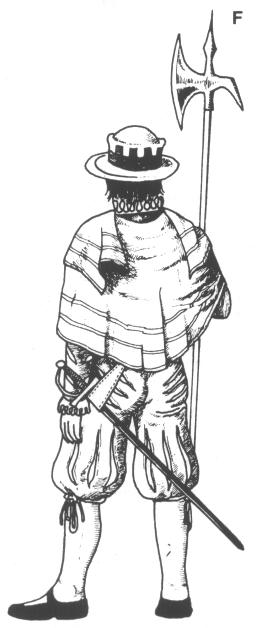 F Guard halberdier, second half of 16th Century. Colours probably red and yellow. |
 K sergeant of a Tercio 1534. Pikemen would be similar - note pike head inset. |
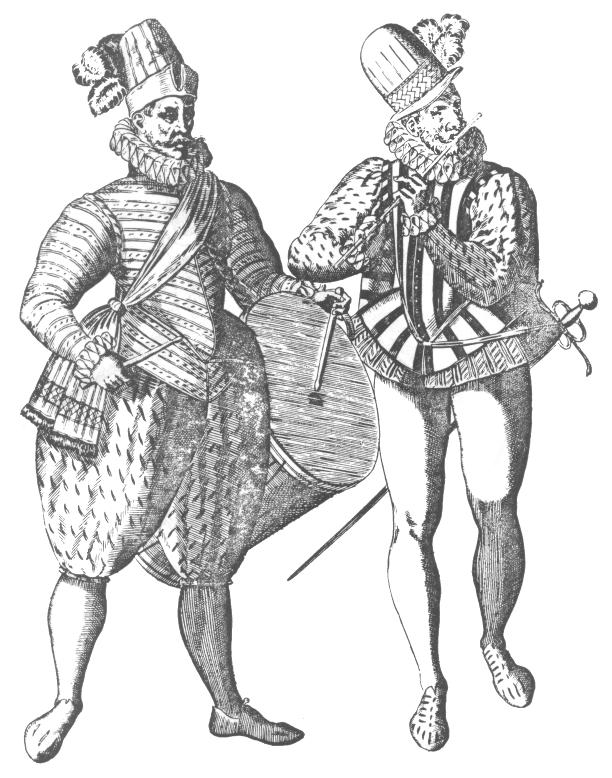 Spanish drummer and fifer of the late 16th Century - probably 1580s. |
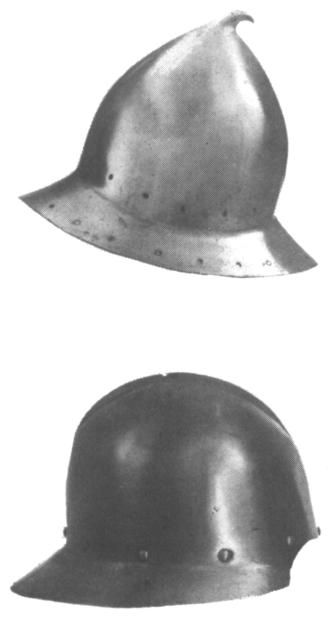 Above: Cabacete morion, a typical early Spanish helmet. Below: a Spanish sallet, late 15th or early 16th Century (Tower of London Armouries). |
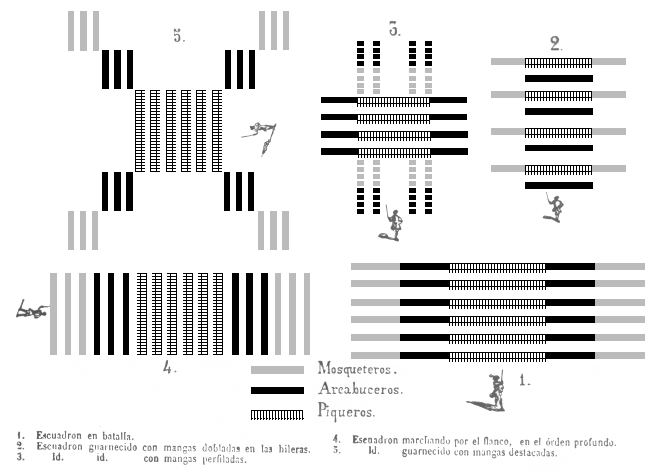 Contemporary diagram showing Spanish Tercio formations. |